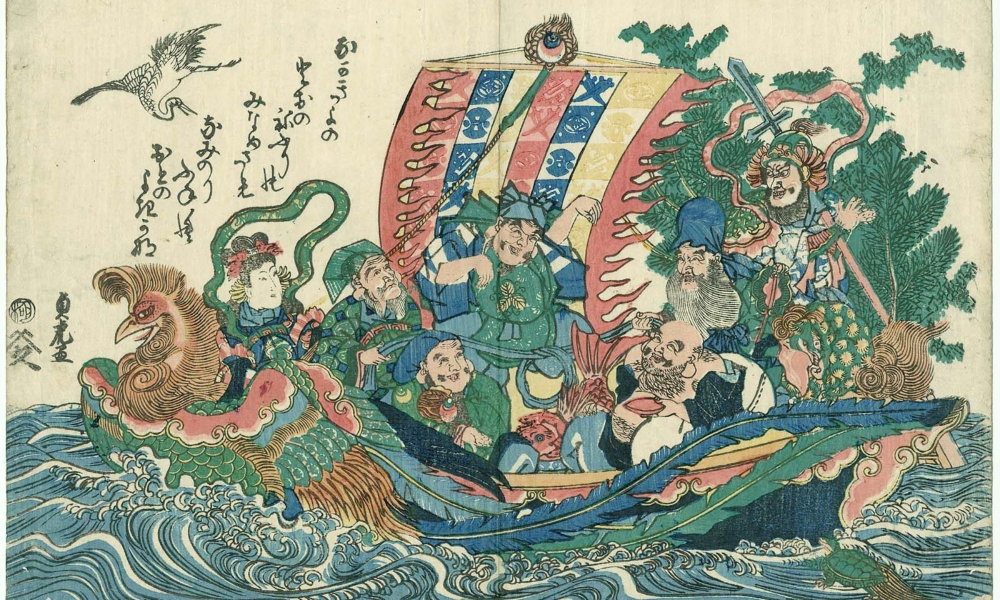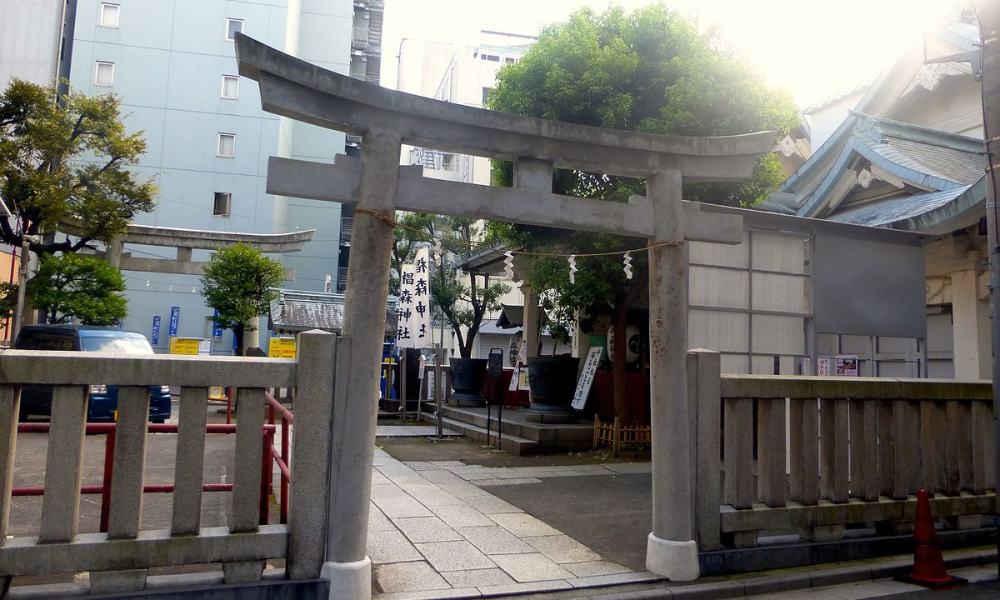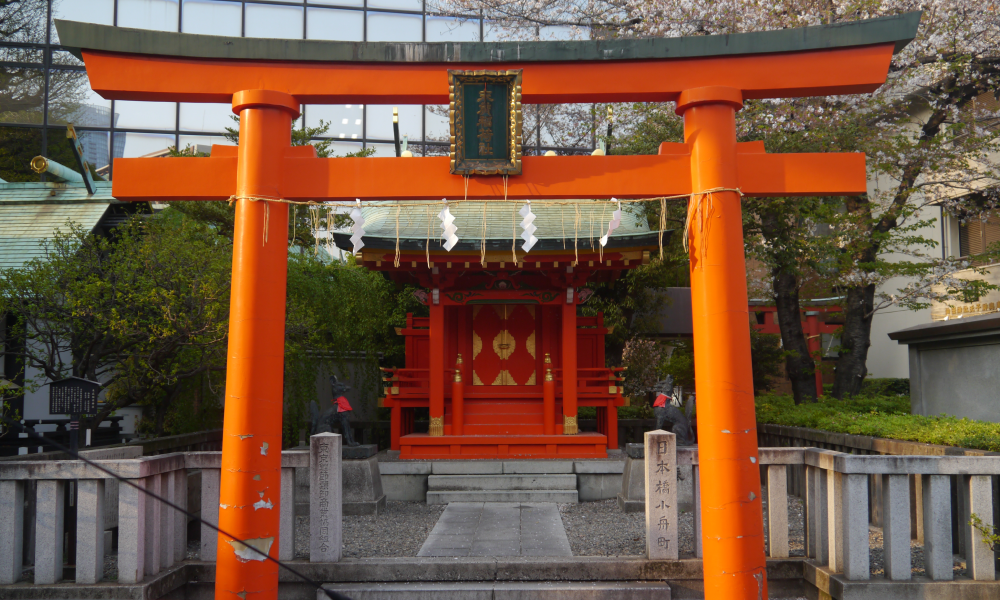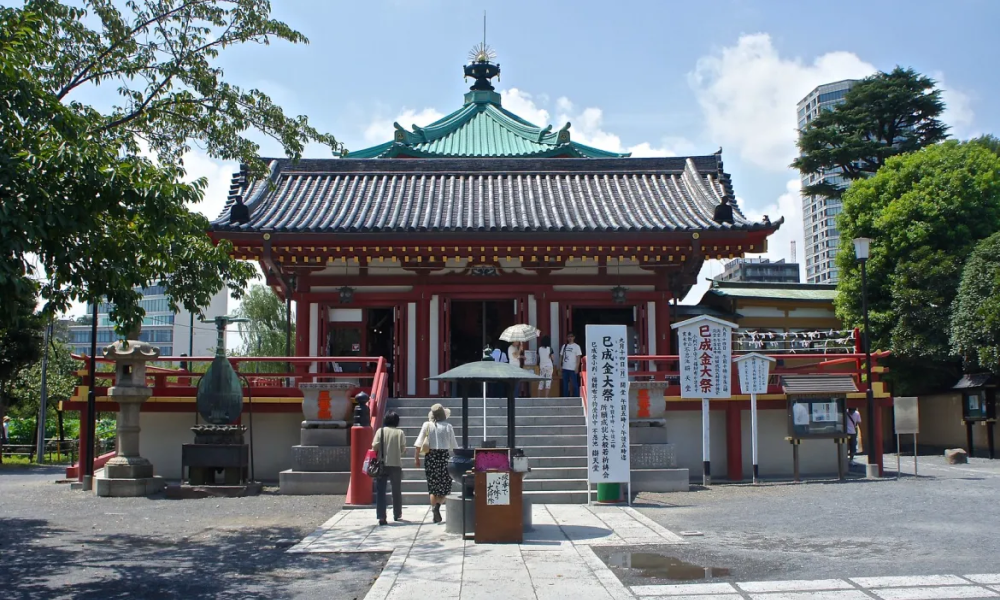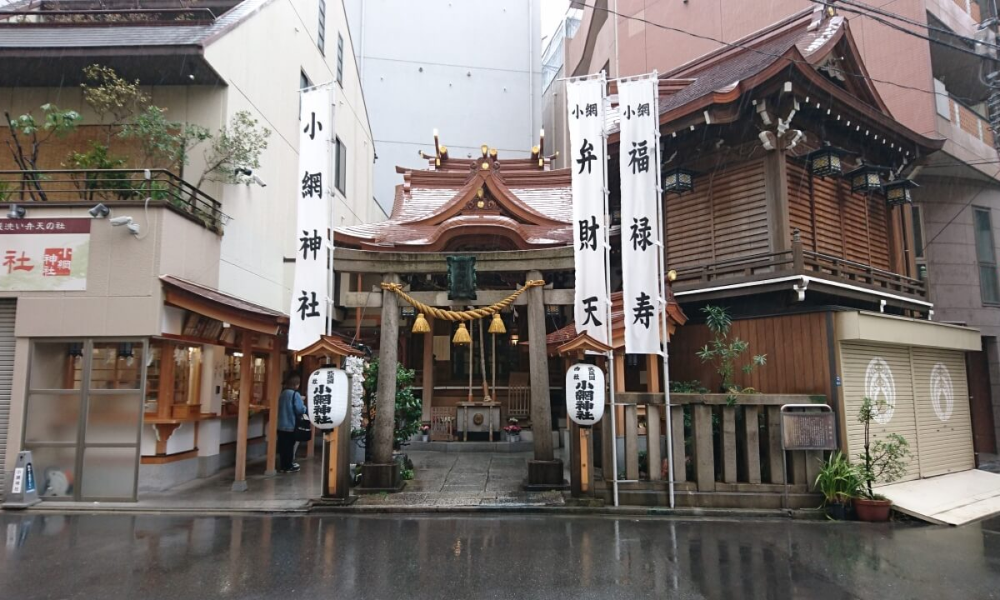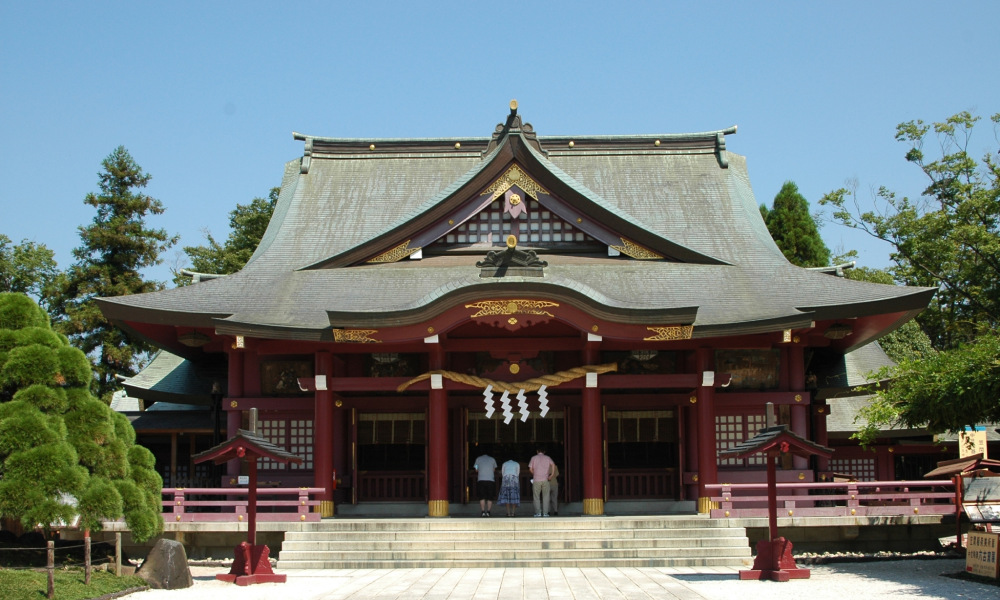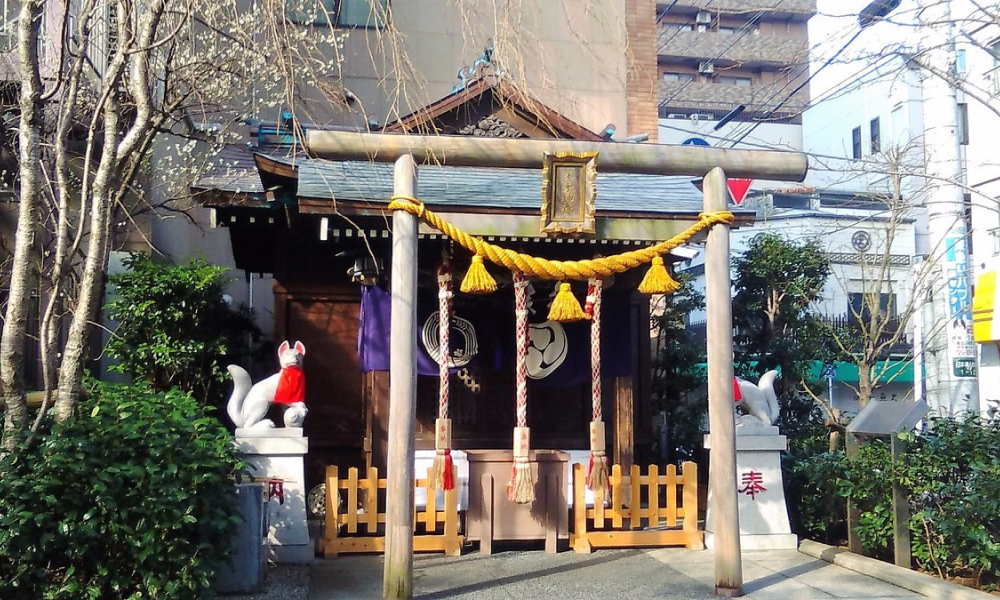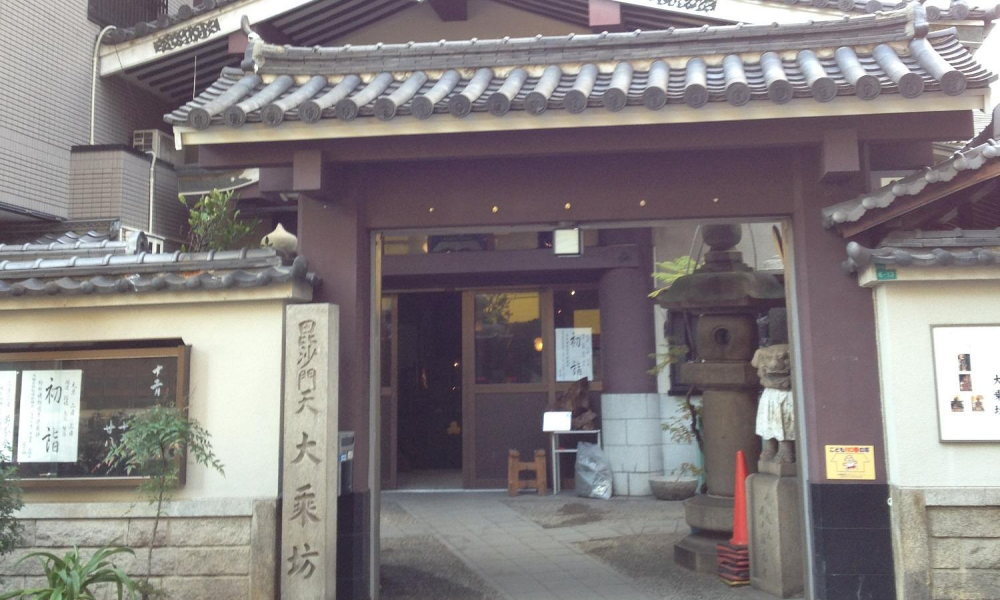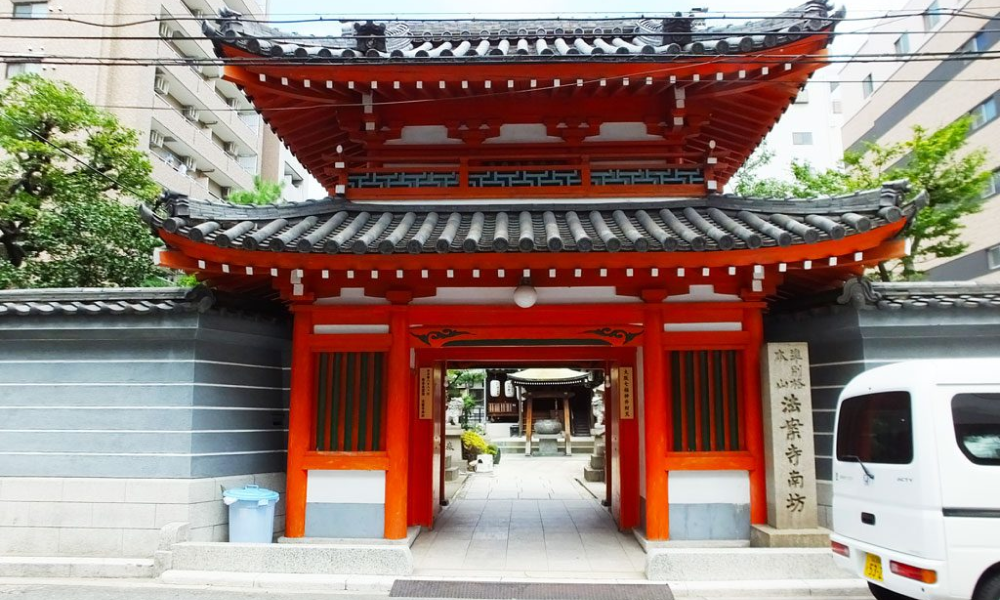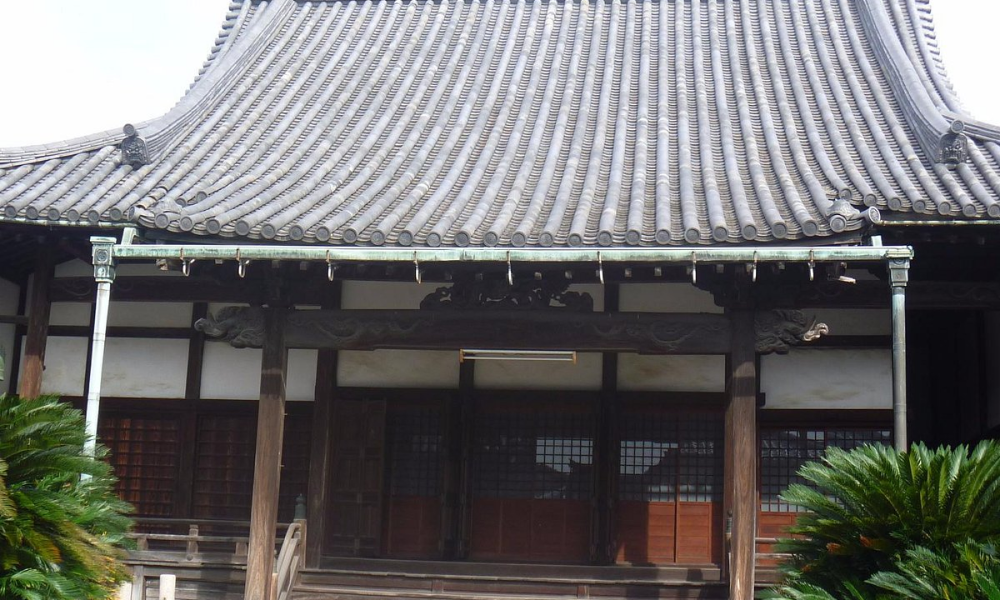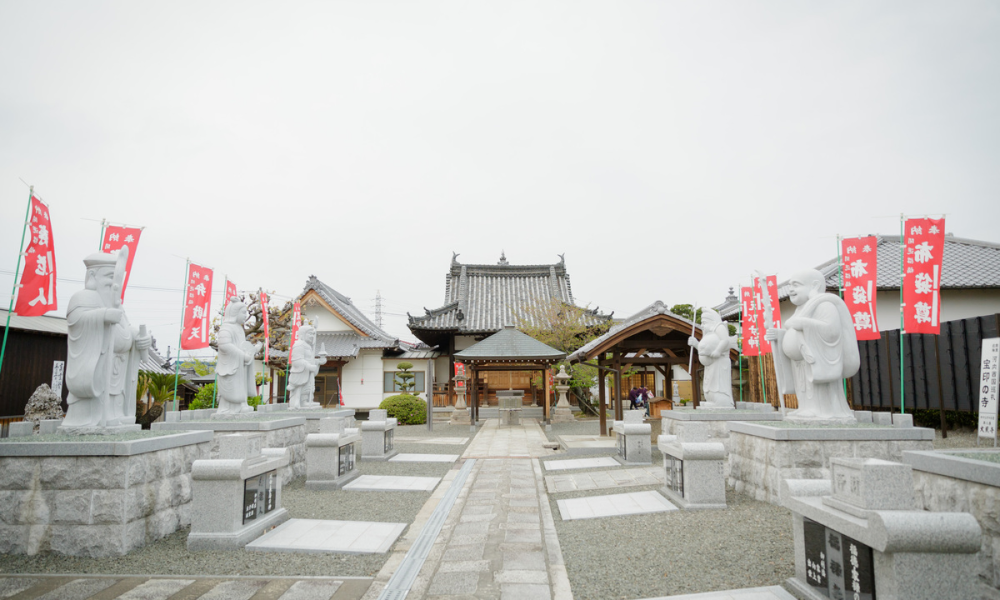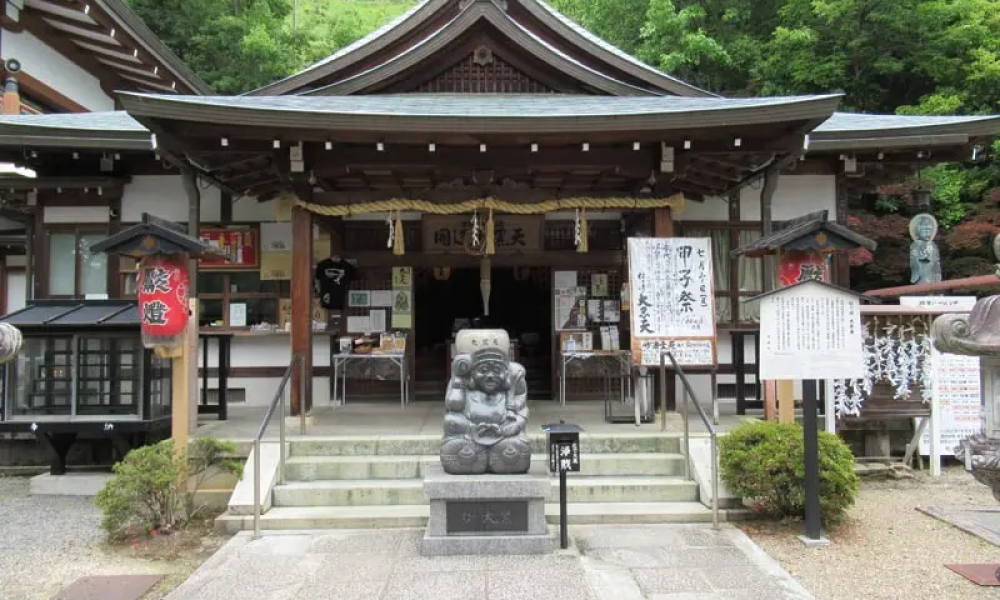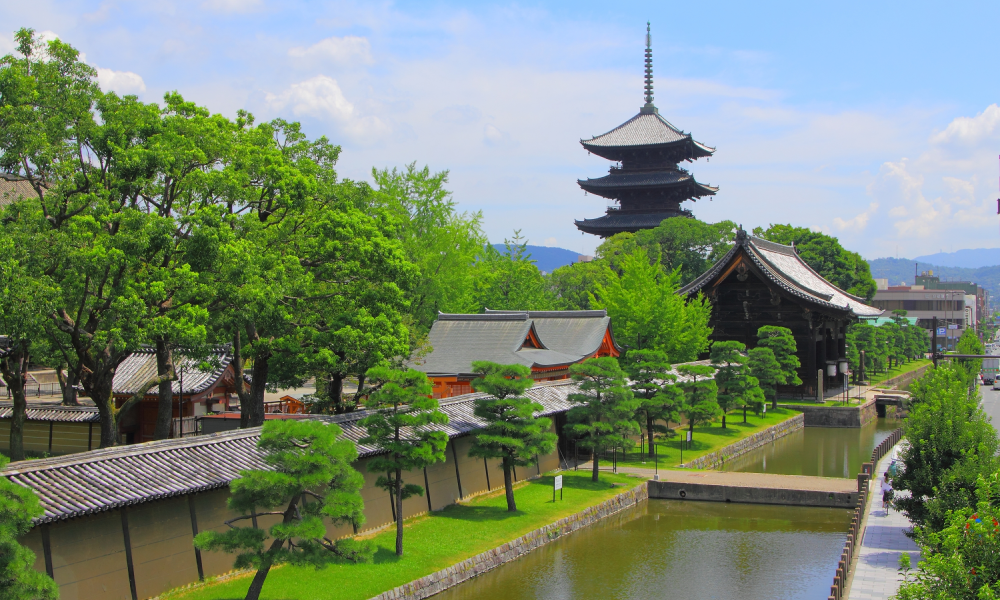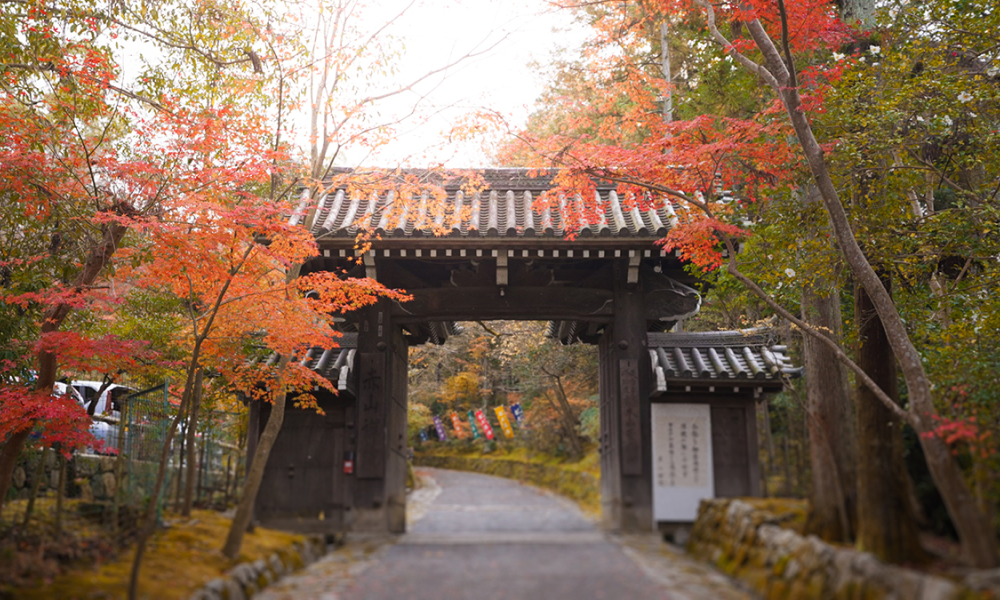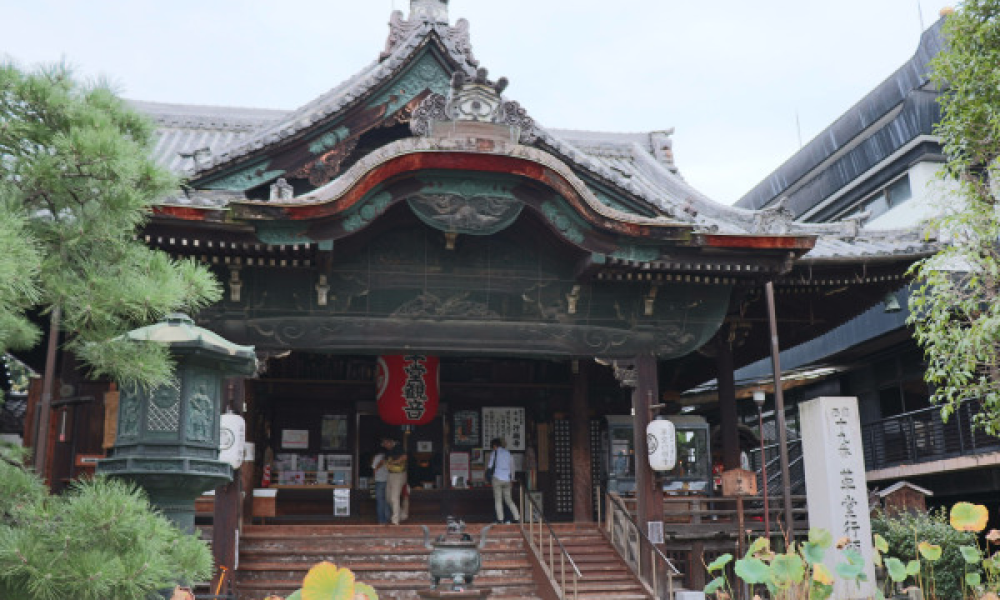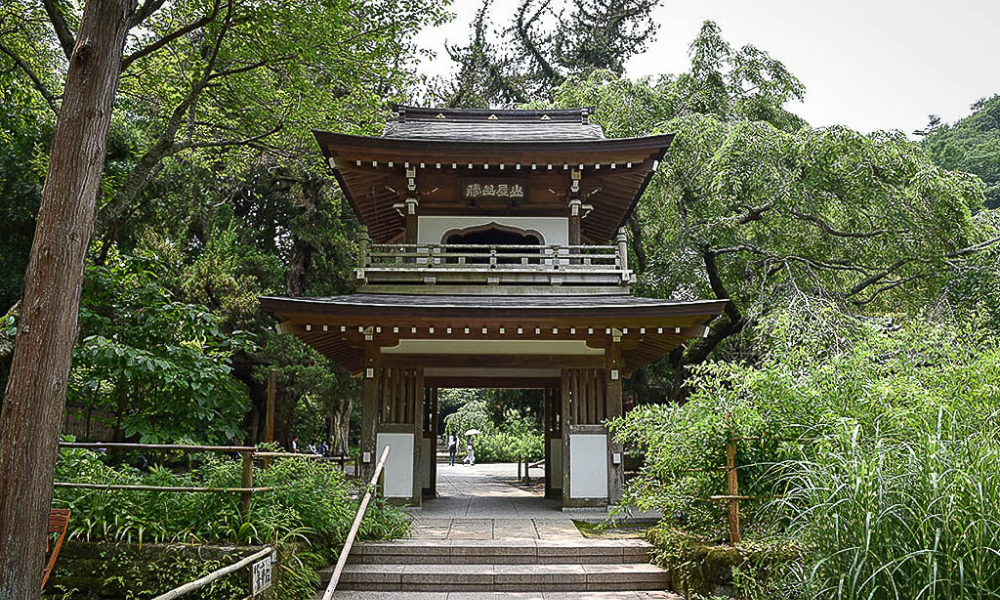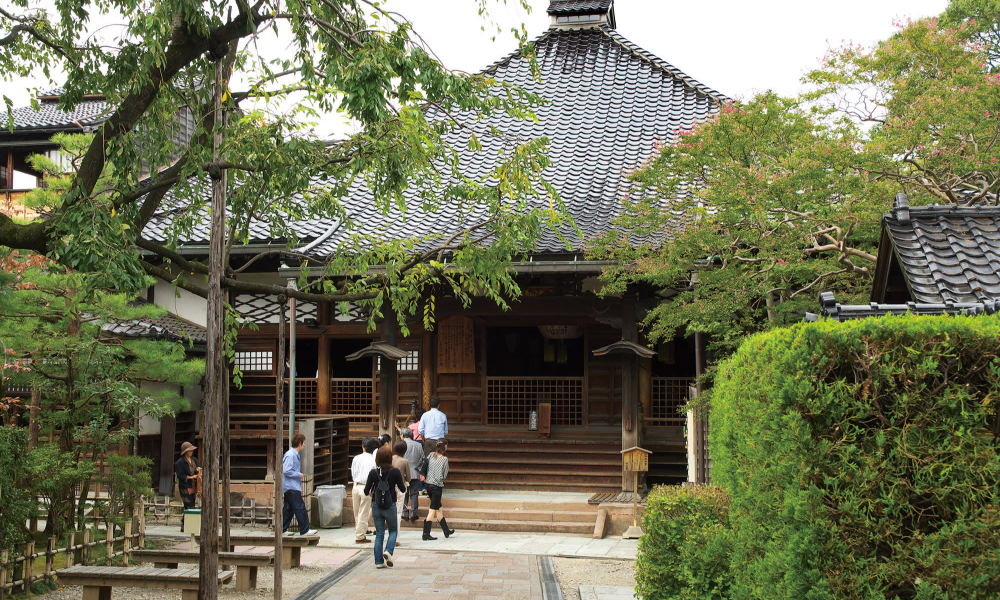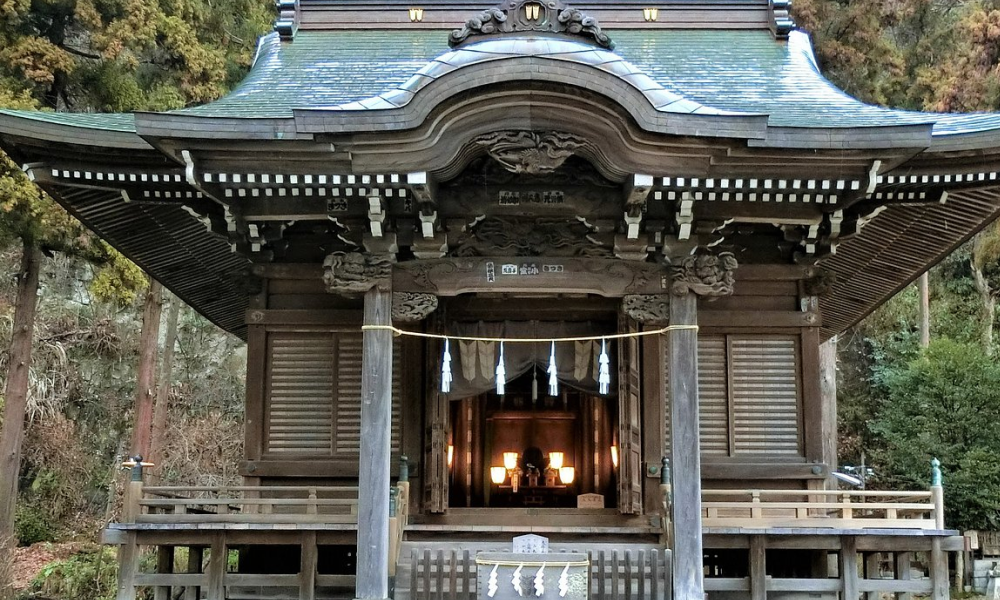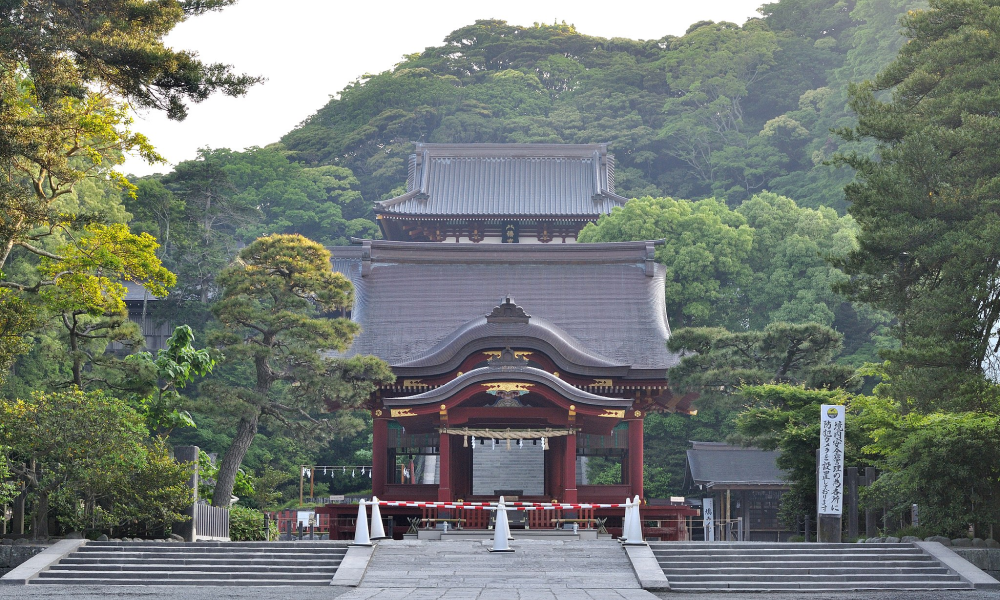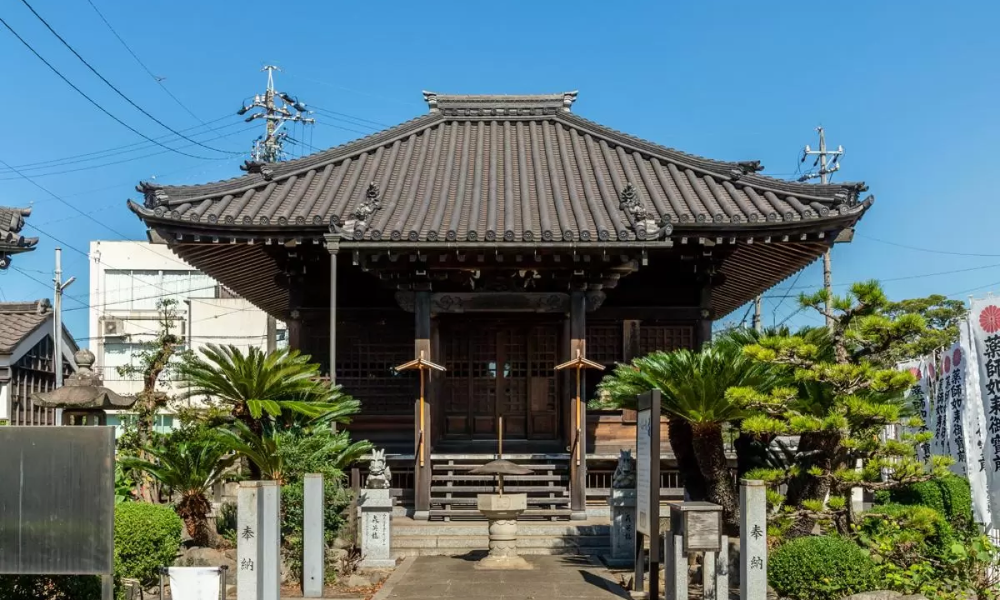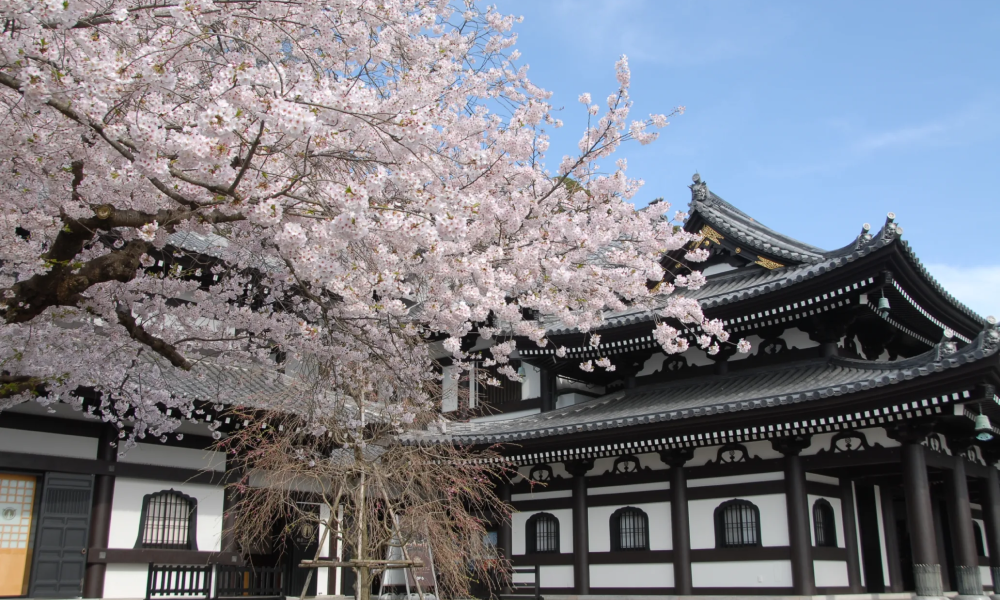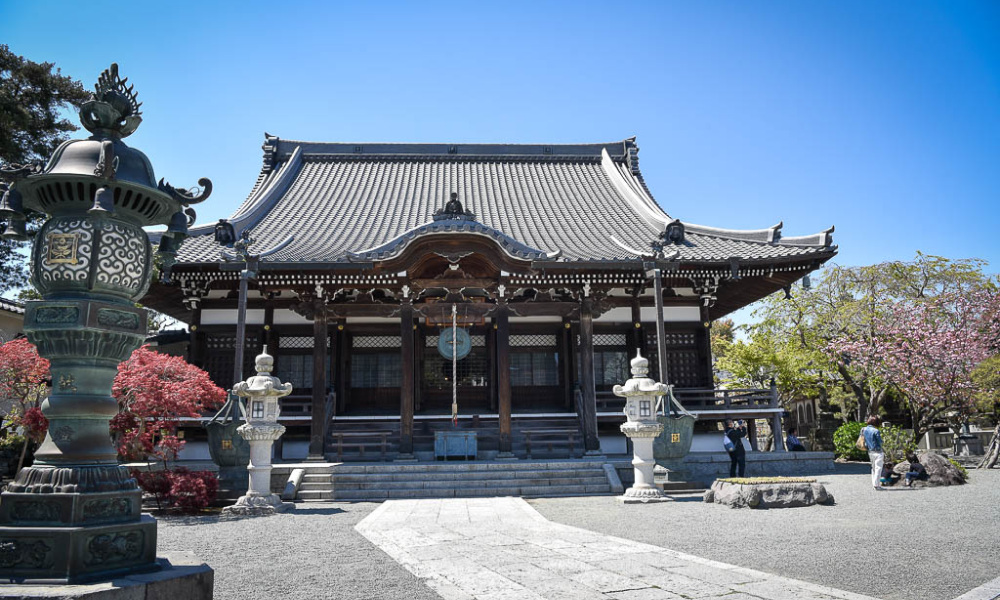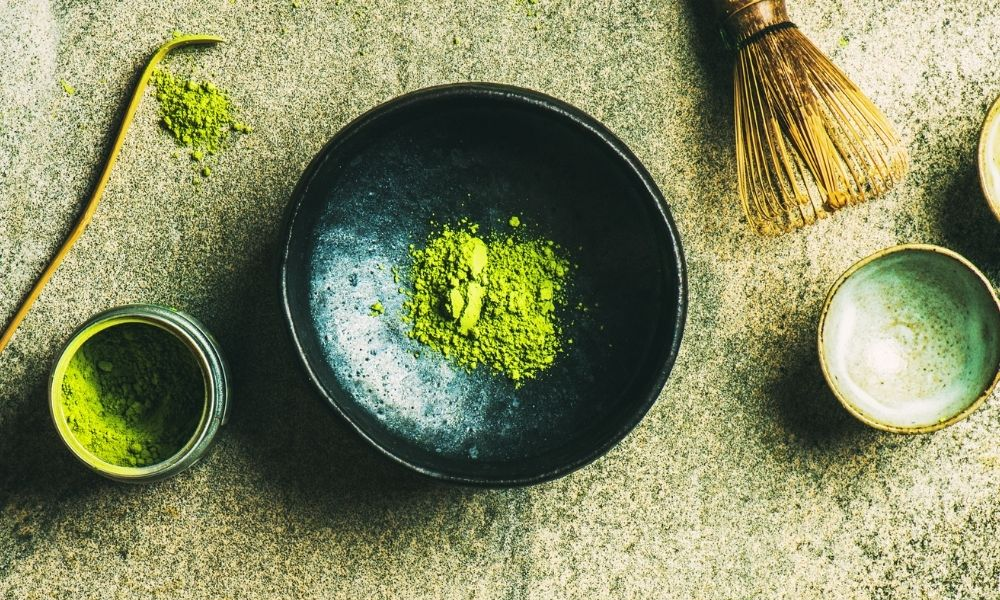In Japan, there is a unique tradition known as the Shichifukujin Meguri or the Seven Lucky Gods Pilgrimage. This ancient practice involves visiting shrines or temples dedicated to the Seven Lucky Gods, each representing different blessings.
Moreover, the Seven Lucky Gods pilgrimage is believed to bring good fortune. By completing it, people hope to eliminate hardships and invite prosperity into their lives. Now, let’s explore the history, the meaning behind the tradition, and how to embark on this spiritual journey.
What is the Seven Lucky Gods Pilgrimage?
The Shichifukujin Meguri involves visiting several temples or shrines that enshrine the Seven Lucky Gods. Participants can then improve their luck and receive various blessings by offering prayers at each location.
People believe that these gods bring different types of good fortune, including wealth, happiness, and longevity. This tradition started in the late Muromachi period, which lasted from the 14th to the 16th century. It became popular during the Edo period, from the 17th to the 19th century. Check out our article on a hairstyle that was popular during the Edo Period: the Chonmage.
In Japan, the Seven Lucky Gods include:
- Ebisu – God of prosperity and fishermen, often shown holding a fish and fishing rod.
- Daikokuten – God of wealth, agriculture, and commerce, usually depicted with a sack of rice and a lucky hammer.
- Bishamonten – God of war, protection, and health.
- Benzaiten – Goddess of music, art, wisdom, and beauty, often depicted holding a musical instrument.
- Fukurokuju – God of longevity and wisdom, recognized for his long head and beard.
- Jurōjin – Another god of longevity, known for promoting long life and good health.
- Hotei – God of happiness and abundance, depicted as a cheerful, large-bellied figure.

How to Do the Seven Lucky Gods Pilgrimage
The pilgrimage has no strict rules, making it accessible to anyone interested in seeking good fortune. Here’s a simple guide to how the Seven Lucky Gods pilgrimage is done:
Firstly Choose a Route: Many cities across Japan offer Shichifukujin Meguri routes, including famous ones in Tokyo, Osaka, Kyoto, and Kamakura. These routes are often designed for easy access, and maps are available to guide pilgrims to the shrines or temples.
Then Visit the Shrines or Temples: Start at any of the locations and offer your prayers. Some people collect “goshuin” (a temple or shrine’s unique stamp) at each stop as a memento.
Then make Respectful Prayers: While there is no set order for visiting the gods, it’s important to pray respectfully before collecting any stamps or souvenirs. The purpose is to seek blessings, not just to complete a collection.
Finally Complete the Circuit: Once you’ve visited all seven gods, you’ve completed the pilgrimage! Some pilgrims prefer to do this all in one day, while others take their time, completing the journey over several days.
Famous Shichifukujin Meguri Routes
There are many famous routes for Shichifukujin Meguri, each with its own unique charm. Here are a few well-known ones:
1. Nihonbashi Shichifukujin (Tokyo)
This popular route in Tokyo’s Nihonbashi area can be completed on foot in about two hours. It’s a great way to experience Tokyo’s history while participating in the tradition. The route is open year-round, making it convenient for travelers.
- Ebisu: Suginomori Shrine
- Daikoku: Matsushima Shrine
- Bishamonten: Suehiro Shrine
- Benzaiten: Hōjō Benzaiten within Suitengu Shrine
- Fukurokuju: Koami Shrine
- Jurōjin: Kasama Inari Shrine
- Hotei: Chanoki Shrine
2. Osaka Shichifukujin (Osaka)
The Osaka Shichifukujin pilgrimage covers shrines near the Nankai railway line. It’s a mix of walking and using public transport, and can be done in one day. The total walking distance is around 7 kilometers, and the route takes about 4-5 hours to complete.
- Ebisu: Imamiya Ebisu Shrine
- Daikoku: Daikoku Shrine
- Bishamonten: Daijo-bo
- Benzaiten: Hōanji Temple
- Fukurokuju: Chōkyū-ji
- Jurōjin: Sankō Shrine
- Hotei: Shitenno-ji Temple
3. Kyoto Shichifukujin (Kyoto)
Kyoto is home to Japan’s oldest Shichifukujin pilgrimage, which dates back to the Muromachi period. The shrines and temples are scattered across the city, and it’s recommended to split the pilgrimage over two days. Using public transportation or even a bike is a good way to complete this pilgrimage.
- Ebisu: Kyoto Ebisu Shrine
- Daikoku: Myōen-ji (Matsugasaki Daikoku)
- Bishamonten: Tō-ji Temple
- Benzaiten: Rokuharamitsuji Temple
- Fukurokuju: Sekizan Zen-in
- Jurōjin: Gyogan-ji (Kodo Temple)
- Hotei: Manpuku-ji Temple
4. Kamakura Shichifukujin (Kanagawa)
The Kamakura route is set in a historical area rich with connections to Japan’s samurai past. It’s a bit spread out, so using public transport like the Odakyu Free Pass or Enoden Railway’s one-day ticket can help make the journey easier.
- Ebisu: Hongakuji Temple
- Daikoku: Hase-dera Temple
- Bishamonten: Hokai-ji Temple
- Benzaiten: Tsurugaoka Hachimangū
- Fukurokuju: Goryō Shrine
- Jurōjin: Myōryūji Temple
- Hotei: Jochiji Temple
When is the Best Time for Shichifukujin Meguri?
While you can participate in the pilgrimage anytime during the year, it’s especially popular during the New Year’s season. From January 1st to the 15th (or 7th, depending on the region), it’s believed that the gods are more likely to bring blessings. Many people choose this time for the pilgrimage to start the year with good fortune.
There are no specific time limits or deadlines for completing the pilgrimage. Whether you complete it in one day or over several days, the important part is to visit all seven gods and offer prayers respectfully.
Why Try the Shichifukujin Meguri?
The Seven Lucky Gods Pilgrimage is more than just a spiritual journey. It’s a way to explore Japanese culture, visit beautiful shrines and temples, and reflect on personal hopes for the future. Whether you’re looking for good luck in your career, health, or personal life, this tradition offers a meaningful and fun way to experience Japan.
Whether in Tokyo, Osaka, Kyoto, or Kamakura, embarking on the Shichifukujin Meguri can be an unforgettable experience for visitors and locals alike. Why not try it yourself and see what blessings the Seven Lucky Gods might bring?
Another way to explore Japanese culture is experiencing ‘shinto’. Check our article on the Hidden Secrets of Shinto.



